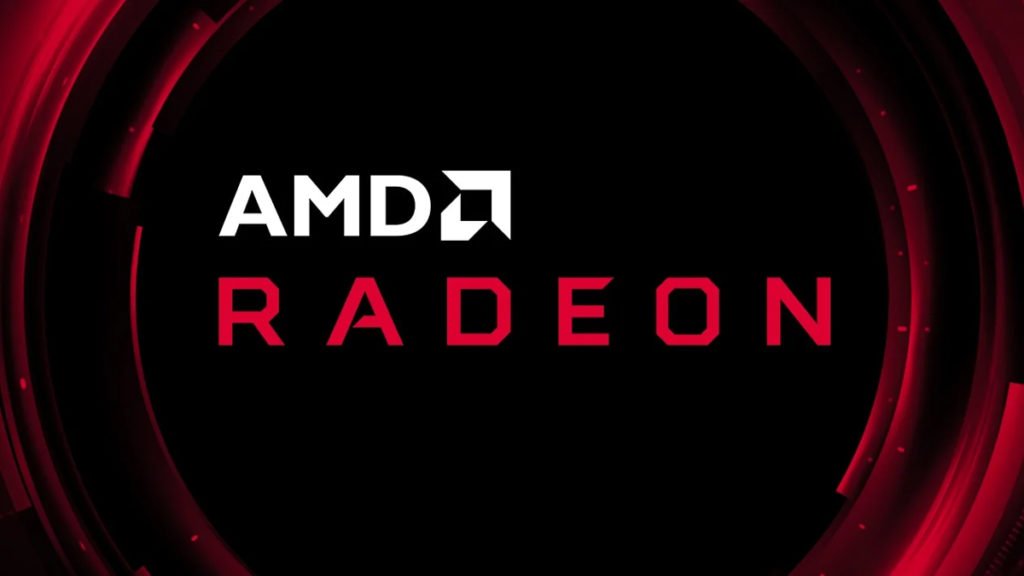
AMD is reportedly in no rush to launch its NVIDIA DLSS competitor, FidelityFX Super Resolution, until the technology can be enabled on not only Radeon RX 6000 Series graphics cards but next-gen PlayStation 5 and Xbox Series X|S consoles as well. Red team’s plans were shared in a video published by popular YouTuber Linus Sebastian today, who revealed that AMD was planning a cross-platform approach and debut for the highly anticipated technology. FidelityFX Super Resolution is a collaboration between AMD and Microsoft that aims to enable improved performance by leveraging machine learning to upscale images with minimal degradation in visual quality.
“Curiously missing from [today’s Radeon RX 6700 XT] presentation is any further explanation as to how and when FidelityFX Super Resolution, that’s AMD’s answer to NVIDIA’s DLSS, is going to make an appearance,” Sebastian said. “What they did do is give a few insights, though, into what’s taking them so long. Apparently, rather than rushing it out the door on only one new top-end card, they want it to be cross-platform in every sense of the word, so they actually want it running on all of their GPUs, including the ones inside consoles, before they pull the trigger.”
“It would’ve been nice to have it ready by the time the cards launched, but as we saw with NVIDIA’s DLSS 1.0 versus DLSS 2.0, it could be for the best. I mean, lots of people still think that DLSS sucks thanks to the poor image quality of [1.0] and NVIDIA’s confusing marketing, where they actually referred to it as an anti-aliasing technique. Still more proof if you needed it that lots of people, and NVIDIA for that matter, can in fact be wrong about things.”
Sebastian goes on to explain that AMD is attempting to fill the temporary void with two of its other technologies, Radeon Boost and FidelityFX Contrast Adaptive Sharpening. The former improves game smoothness by dynamically lowering the resolution of the entire frame when fast on-screen character motion is detected, while the latter leverages sharpening and upscaling algorithms to improve visual fidelity.
“CAS was designed to help increase the quality of existing Temporal Anti-Aliasing (TAA) solutions,” AMD explained on its GPUOpen page. “TAA often introduces a variable amount of blur due to temporal feedback. The adaptive sharpening provided by CAS is ideal to restore detail in images produced after TAA.”
